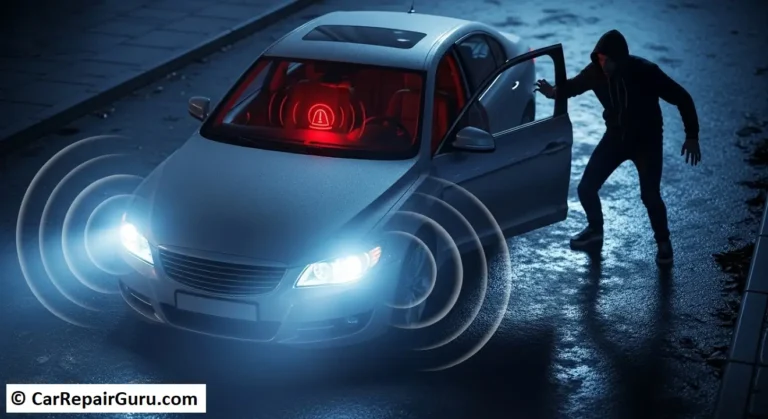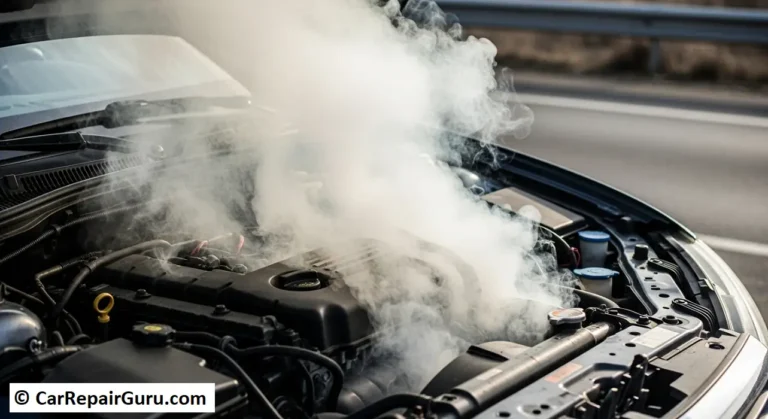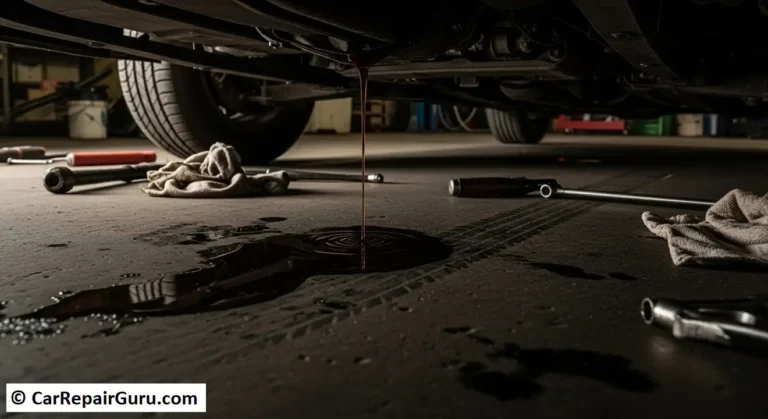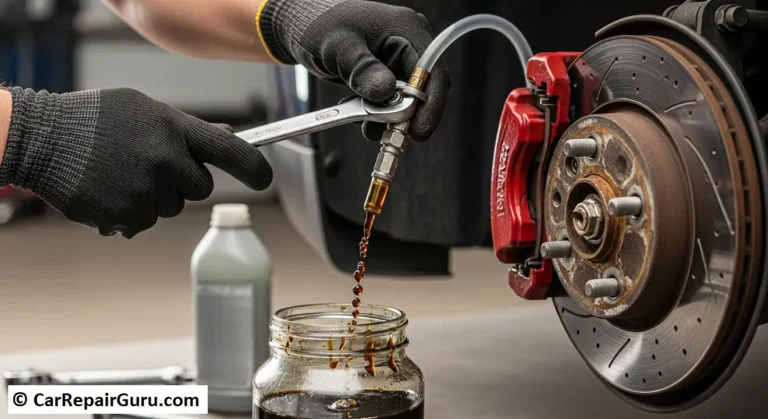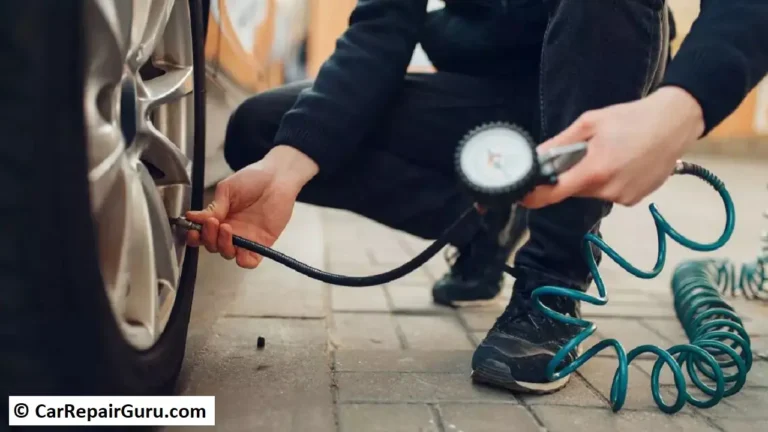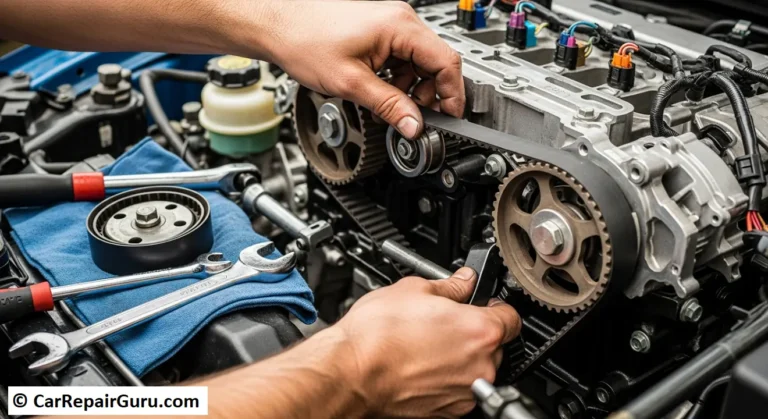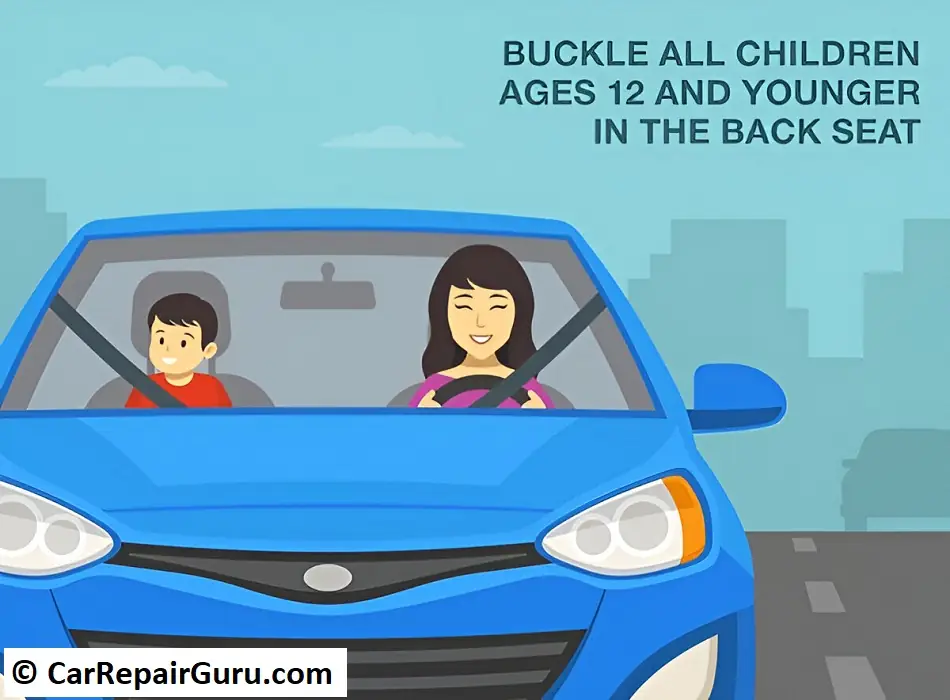
When it comes to keeping your child safe on the road, a properly installed and appropriately selected car seat is a non-negotiable. Road accidents are a leading cause of injury among children, but using the right car seat can reduce the risk of injury by as much as 71%. These child car seat safety tips are designed to help you make informed choices, avoid common mistakes, and ensure your little one’s safety every time you travel.
Whether you’re a new parent or just need a refresher, this guide covers everything from choosing the right seat for your child’s age and size to understanding proper installation techniques. We’ll also discuss maintenance, upgrading, and emergency preparedness to ensure you’re fully equipped to keep your child safe on the road.
By following these expert-backed tips, you’ll be contributing to safer journeys and peace of mind every time you buckle up.
Understanding Car Seat Types
Selecting the correct car seat for your child is a vital step in ensuring their safety during travel. Car seats are not one-size-fits-all; they are designed to suit different ages, sizes, and developmental needs. Here’s a breakdown of the main types and guidelines for each:
Rear-Facing Car Seats
For infants and toddlers, rear-facing car seats are the safest option. These seats support a child’s head, neck, and spine during sudden stops or collisions, reducing the risk of serious injury. According to child passenger safety experts, you should use rear-facing car seats for as long as possible, typically until your child is at least two years old or reaches the seat’s maximum weight or height limit.
“Child passenger safety starts with using rear-facing car seats for infants,” making this step the foundation of safe travel.
Forward-Facing Car Seats
Once your child outgrows the rear-facing seat, transition them to a forward-facing car seat with a harness. These seats are suitable for children who meet the height and weight limits specified by the manufacturer, often between 20 to 65 pounds. Ensure the seat is installed securely, and the harness fits snugly against your child.
Booster Seats
When children outgrow forward-facing seats, booster seats help position the vehicle’s seat belt properly over their body. “Booster seats safety ensures older kids are well-protected” by keeping the seatbelt in the correct position over the chest and lap, not the neck or stomach.
Seat Belts
Children can transition to using a seat belt alone when they are tall enough for the lap belt to rest across their thighs and the shoulder belt to fit snugly across their chest. This usually occurs around 8-12 years of age, depending on the child’s size.
By understanding these types and following the guidelines, you can ensure that your child is always in the safest possible seat for their age and size.
Proper Installation Techniques
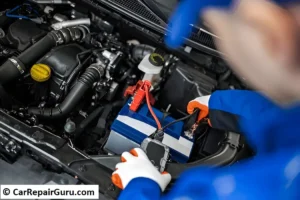
Ensuring a car seat is installed correctly is just as important as choosing the right one. Even the safest car seat can fail to protect a child if it’s not secured properly. By following these proper car seat installation tips, you can achieve a secure fit for your child and reduce risks during travel.
Using Seat Belts vs. Lower Anchors
Most car seats can be installed using either the vehicle’s seat belt or its LATCH (Lower Anchors and Tethers for Children) system. Both methods are equally safe when used correctly, but you should choose one or the other, not both.
When using seat belts, ensure the belt is locked tightly in place and threaded through the correct path. For the LATCH system, secure the lower anchors and pull the straps tight. The seat should not move more than an inch side-to-side or front-to-back at the base.
Securing the Seat Tightly
Properly securing the car seat means checking for movement. Push and pull the seat firmly at its base to test. If the seat shifts more than an inch, it’s too loose. Tightening the straps or adjusting the installation method can help achieve the necessary stability. “Proper car seat installation tips ensure a secure fit for your child,” so always double-check before hitting the road.
Adjusting Tethers for Forward-Facing Seats
For forward-facing car seats, always attach the top tether to the designated anchor in your vehicle. This step is crucial as it prevents the seat from tipping forward in a crash. The tether strap should be snug and free of slack, ensuring maximum protection for your child.
Seeking Expert Assistance
If you’re unsure about your installation, “consult a CPST to verify correct car seat positioning.” Certified Child Passenger Safety Technicians (CPSTs) can inspect your car seat setup and provide personalized advice to improve its safety.
By paying attention to these details and consulting experts when needed, you can feel confident that your child’s car seat is securely installed and ready to protect them in any situation.
Common Mistakes and How to Avoid Them
Even the best car seats can fail to protect children if used improperly. Avoiding these common car seat safety mistakes can ensure your child is as safe as possible during every journey.
1. Misaligned Harness Straps
Harness straps play a critical role in keeping your child secure. For rear-facing car seats, straps should be at or below your child’s shoulders, while for forward-facing seats, they should be at or above the shoulders. Misaligned straps can leave your child vulnerable to injury in a crash.
Tip to Avoid: Always double-check the strap height after securing your child. Adjust as your child grows to maintain proper alignment.
2. Ignoring Seat Expiration Dates
Car seats are made from materials that degrade over time, especially with exposure to heat and sunlight. Using an expired seat compromises its ability to protect your child in an accident.
Tip to Avoid: Locate the expiration date on the car seat label and replace the seat before it expires. If you’re unsure, consult the manufacturer’s guidelines or customer support.
3. Incorrect Placement of Chest Clips
Chest clips are designed to keep the harness straps in place, but if positioned too low (e.g., over the stomach) or too high (e.g., near the neck), they can fail to function properly or cause injury.
Tip to Avoid: Always position the chest clip at armpit level. This ensures that the straps stay secure while keeping your child comfortable.
By addressing these common errors, you can significantly enhance the safety of your child’s car seat. As experts recommend, “avoid common car seat safety mistakes to protect your kids better.” Regularly reviewing manufacturer instructions and staying informed about proper car seat usage are essential practices for any parent or caregiver.
Maintenance and Cleaning
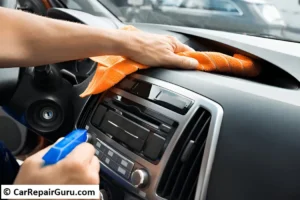
Proper maintenance of your child’s car seat ensures it remains effective and safe throughout its lifespan. Regular care not only extends the seat’s durability but also keeps your child comfortable. Follow these tips to maintain and clean your car seat correctly:
Follow Manufacturer-Specific Guidelines
Each car seat comes with its own cleaning instructions, typically found in the manual or on the manufacturer’s website. It’s crucial to follow these guidelines, as improper cleaning methods can compromise the seat’s materials and safety features. For example, some car seat covers are machine washable, while others require hand washing.
Avoid Harsh Chemicals
Using abrasive cleaners, bleach, or solvents can degrade the car seat’s materials, reducing its ability to protect your child in an accident. Stick to mild soap and warm water for cleaning plastic parts and straps. For the harness, avoid submerging it in water as it can weaken the webbing.
Tip: Spot-clean the harness straps with a damp cloth and mild soap to preserve their integrity.
Inspect for Wear and Tear
Check the car seat regularly for signs of wear, such as frayed straps or cracked plastic. Address these issues immediately, as they can compromise safety.
“Proper car seat harness maintenance is key to long-term safety,” ensuring the seat performs as intended throughout its use.
When and How to Upgrade Your Car Seat
Children grow quickly, and knowing when to transition them to the next type of car seat is essential for their safety. Upgrading isn’t just about comfort—it’s about meeting important height and weight limits to ensure proper protection.
Check Labels for Height and Weight Limits
Every car seat has a label that indicates the maximum height and weight it can safely accommodate. For rear-facing seats, this is often between 30 to 50 pounds, while forward-facing seats may range up to 65 pounds. Regularly review your child’s measurements to confirm they’re still within the limits.
Tip: If your child’s head is less than an inch from the top of the seat or they’ve exceeded the weight limit, it’s time to upgrade.
Signs It’s Time for a Booster Seat or Seat Belt
When your child outgrows their forward-facing car seat, the next step is a booster seat. Booster seats ensure the vehicle’s seat belt fits properly across the child’s body, with the lap belt resting on the thighs and the shoulder belt crossing the chest.
“Switching to booster seats safety guidelines keeps older children safe” by preventing injuries caused by improperly positioned seat belts.
Children are ready to transition to a seat belt alone when:
- They are at least 4 feet 9 inches tall.
- They can sit with their back against the seat and knees bent over the edge without slouching.
By following these guidelines, you can ensure your child remains properly secured at every stage of their growth.
Expert Assistance
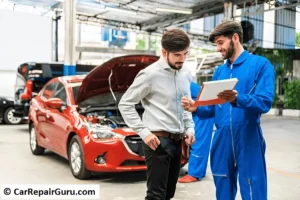
When it comes to your child’s safety, seeking professional guidance can make all the difference. Certified Child Passenger Safety Technicians (CPSTs) are trained experts who can help you navigate the complexities of car seat installation and use. Their insights ensure your child’s car seat is installed and used correctly, providing optimal protection on every journey.
Benefits of Consulting CPSTs
CPSTs are invaluable for ensuring your car seat is properly set up according to your child’s age, weight, and height, as well as your vehicle’s specifications. They can spot errors you might overlook, such as loose installations, misaligned harnesses, or incorrectly used tethers. With their help, you can avoid common mistakes and gain peace of mind knowing your child is safe.
“Child passenger safety technicians can guide you on best practices,” including choosing the right car seat, transitioning at the right time, and adjusting for optimal fit as your child grows.
Locating Certified Experts Near You
Finding a CPST is simple. Many local police departments, fire stations, hospitals, and community organizations offer car seat checkups. You can also visit the National Child Passenger Safety Certification website to search for certified technicians near you.
By consulting a CPST, you can ensure you’re doing everything possible to protect your child while traveling. Their expertise is a vital resource for every parent.
Emergency Preparedness
Being prepared for emergencies, including post-accident scenarios, is an essential part of car seat safety. Following the right steps after an accident ensures your child’s car seat continues to provide effective protection.
Post-Accident Seat Inspection
After a crash, even a minor one, it’s crucial to inspect your child’s car seat for damage. Look for cracks in the plastic, fraying straps, or bent metal parts. Even if damage isn’t visible, the seat may no longer meet safety standards.
Tip: Many manufacturers recommend replacing car seats after any moderate to severe accident. Always consult the car seat manual or manufacturer for guidance.
Knowing Crash Replacement Policies
Many car seat brands and insurance companies offer crash replacement programs. If your car seat has been in a crash, contact the manufacturer to learn about their policy. Insurance providers may cover the cost of a replacement as part of your claim.
“Understanding car seat safety guidelines ensures preparedness during emergencies” and gives you confidence in your child’s continued safety.
Conclusion
Car seat safety is one of the most critical aspects of protecting your child while traveling. By understanding the different car seat types, following proper installation techniques, and avoiding common mistakes, parents and caregivers can significantly reduce the risks associated with road accidents. Regular maintenance and adherence to manufacturer guidelines further ensure long-term safety and reliability.
Staying informed about safety standards, seeking expert assistance from CPSTs, and preparing for emergencies by knowing crash replacement policies are proactive steps every parent should take. Child safety is an ongoing process that requires consistent review of guidelines and adjustments as your child grows.
Your commitment to learning and applying these car seat safety practices not only safeguards your child but also provides peace of mind during every journey. Remember, your diligence can make all the difference in ensuring your little one’s safety.
Frequently Asked Questions
1. When should I transition my child from a rear-facing to a forward-facing car seat?
You should keep your child in a rear-facing car seat as long as possible, typically until they reach the height or weight limit specified by the car seat manufacturer. This is often around 40 to 50 pounds. Rear-facing seats provide the best protection for a child’s head, neck, and spine in the event of a crash.
2. Can I use a second-hand car seat for my child?
While it’s possible to use a second-hand car seat, it’s crucial to ensure it meets current safety standards, has not been involved in a crash, and has all its original parts, including the manual. Check the seat’s expiration date and verify there are no recalls. If the seat’s history is unclear, it’s better to purchase a new one.
3. What is the safest position in the car for a child’s seat?
The back seat is the safest place for a car seat, particularly the middle position, as it is furthest from any potential impact points during a crash. If the middle seat doesn’t allow for proper installation, place the car seat in either of the outer back seats.
4. Do I need to replace my car seat after a minor accident?
Most manufacturers recommend replacing a car seat after any moderate to severe accident. However, if the crash was minor—defined as no airbag deployment, no visible damage to the car seat, and no injuries—it may still be safe to use. Always check with the car seat manufacturer for specific guidance.
5. How can I find a CPST near me?
Certified Child Passenger Safety Technicians (CPSTs) can be located through resources such as Safe Kids Worldwide or local community programs at hospitals, fire departments, or police stations.
